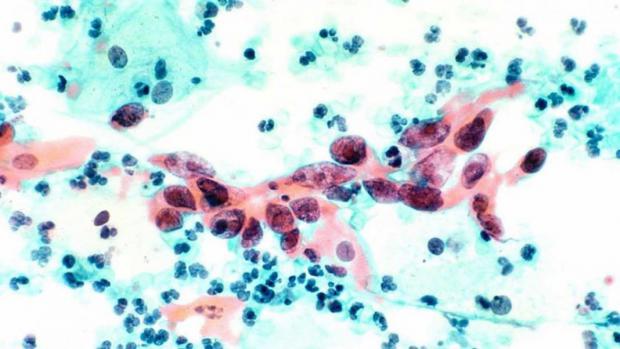
Breaking News
 CNN's Phillip: Fraud in Minnesota Isn't Being Covered Up Even If There's Not Enough...
CNN's Phillip: Fraud in Minnesota Isn't Being Covered Up Even If There's Not Enough...
 Visualizing The Growing Gap Between US Home Size And Price
Visualizing The Growing Gap Between US Home Size And Price
 West Virginia Has The Highest Share Of Income-less Households
West Virginia Has The Highest Share Of Income-less Households
 Regenerative Agriculture Finally Has A Seat At The Table At USDA
Regenerative Agriculture Finally Has A Seat At The Table At USDA
Top Tech News
 EngineAI T800: Born to Disrupt! #EngineAI #robotics #newtechnology #newproduct
EngineAI T800: Born to Disrupt! #EngineAI #robotics #newtechnology #newproduct
 This Silicon Anode Breakthrough Could Mark A Turning Point For EV Batteries [Update]
This Silicon Anode Breakthrough Could Mark A Turning Point For EV Batteries [Update]
 Travel gadget promises to dry and iron your clothes – totally hands-free
Travel gadget promises to dry and iron your clothes – totally hands-free
 Perfect Aircrete, Kitchen Ingredients.
Perfect Aircrete, Kitchen Ingredients.
 Futuristic pixel-raising display lets you feel what's onscreen
Futuristic pixel-raising display lets you feel what's onscreen
 Cutting-Edge Facility Generates Pure Water and Hydrogen Fuel from Seawater for Mere Pennies
Cutting-Edge Facility Generates Pure Water and Hydrogen Fuel from Seawater for Mere Pennies
 This tiny dev board is packed with features for ambitious makers
This tiny dev board is packed with features for ambitious makers
 Scientists Discover Gel to Regrow Tooth Enamel
Scientists Discover Gel to Regrow Tooth Enamel
 Vitamin C and Dandelion Root Killing Cancer Cells -- as Former CDC Director Calls for COVID-19...
Vitamin C and Dandelion Root Killing Cancer Cells -- as Former CDC Director Calls for COVID-19...
 Galactic Brain: US firm plans space-based data centers, power grid to challenge China
Galactic Brain: US firm plans space-based data centers, power grid to challenge China
Scientists Develop Ultra-Precise Lasers to Remove Cancers Without Damaging Healthy Tissue

Scottish scientists have developed a system of lasers that melt away cancer cells without damaging normal healthy cells.
Heriot-Watt University in Edinburgh is carrying on the long and celebrated tradition of Scottish medical breakthroughs nearly a hundred years after physician Alexander Fleming isolated penicillin. The research in the laser tech was funded by a £1.2 million ($1.6 million( grant from the Engineering and Physical Sciences Research Council.
Professor Jonathan Shepherd led the project, which he told Sky News successfully eliminated colorectal cancer cells in lab tests.
"We proved in the lab that our laser system can remove cancer cells in a way that restricts damage to the surrounding, healthy cells—within the width of a human hair," he said.
"We're building on our understanding of lasers in colorectal cancer surgery towards clinical application, and working on adapting it for brain, head, and neck cancers, where it could have huge benefits for patients," he added.
The technique involves firing the laser in pulses, each measuring about one trillionth of a second, thus preventing the transfer of heat to surrounding tissues.



